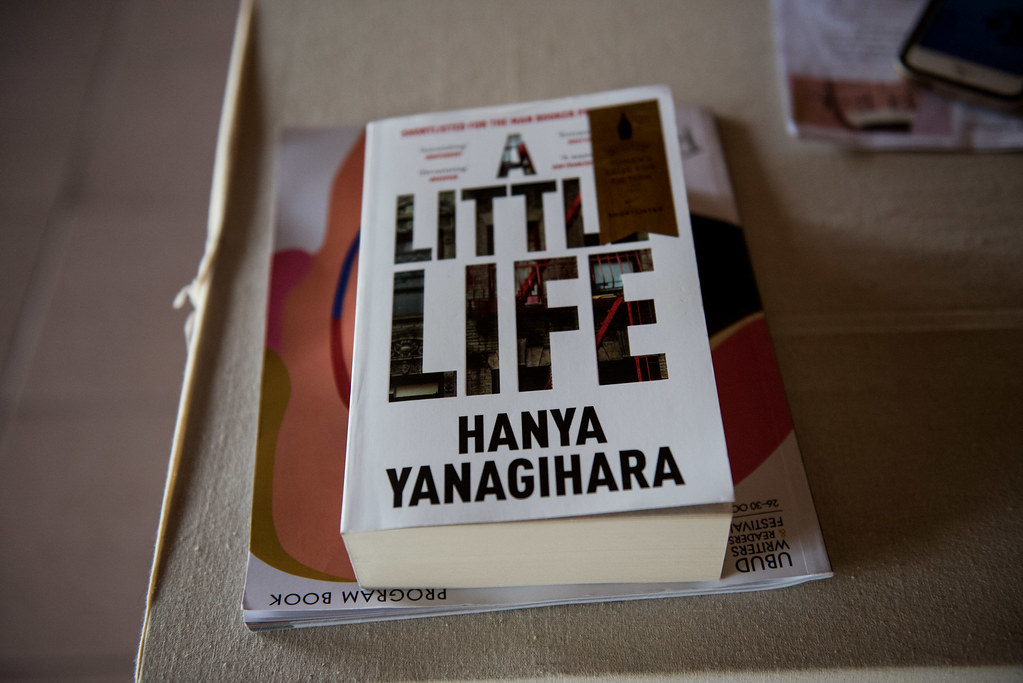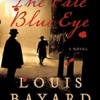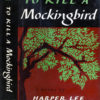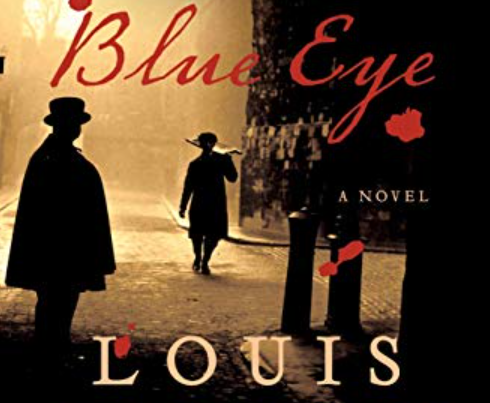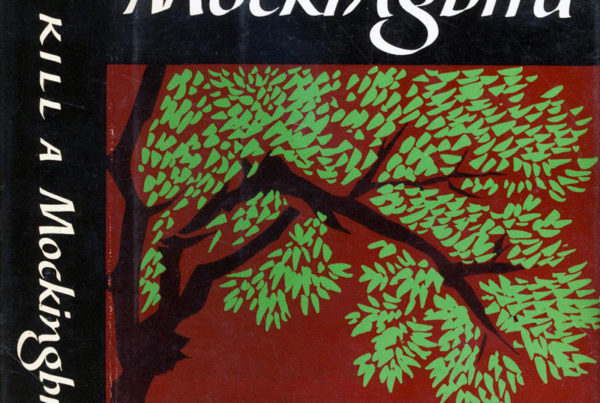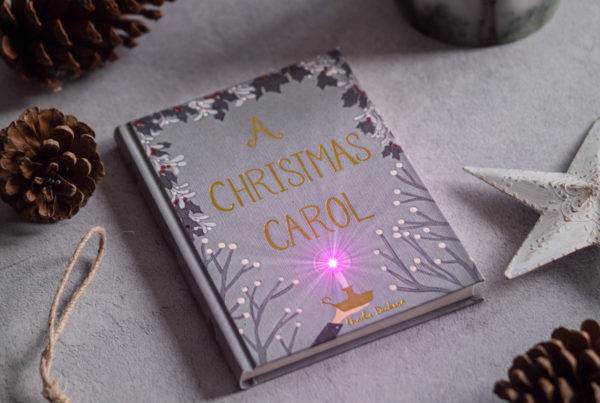Mental health is hard and tedious; people don’t become magically cured overnight. It can take years to wade through trauma and learn how to work through things.
Rayna Skiver

Recently, A Little Life by Hanya Yanagirhara, has been all the rage on TikTok. Everyone’s talking about it. They’re saying it’s wonderful, it’s horrible, it’s depressing, it never should have been written—really everything under the sun.
The novel is about four friends that have a long and complicated history together. After going to college together in Massachusetts, Willem, Jude, JB, and Malcolm moved to New York City. They’re all broke and are dealing with personal dilemmas. Willem’s working towards being an actor, JB’s an artist, Malcolm’s an architect, and Jude’s a lawyer. Jude tends to be secretive and closed off, but the others don’t know why nor have they ever really questioned it.
Throughout their twenties, thirties, forties, and fifties, their friendship becomes more and more complex. Willem, JB, and Malcolm become increasingly affected and challenged by Jude’s enigmatic past. It becomes apparent that Jude’s childhood was filled with terrible events and trauma—things that are inescapable to him as an adult and that might impact all of their lives forever.
A lot of people find this book to be problematic. In criticisms, the book is described as explicit, violent, and graphic, due to what and how Yanagihara writes. She describes drug addiction, abuse, depression, and suicide in great detail—and that’s only naming a few of the topics mentioned. Many find these depictions to be very graphic and even unnecessary. One reviewer on Goodread’s even called it “misery porn.” Some people thought that the book was just overly sad. Others criticized it by saying that the characters weren’t believable due to their dramatic lives and thoughts.
My only criticism of the book is that there should definitely be a content warning at the beginning. I think everyone should know what they are getting themselves into before reading about such heavy topics.
A Little Life was actually adapted for the theatre in 2018. While the reviews seemed to skew slightly more positive, many people still strongly disliked the story and the graphic depictions. Since the novel is based heavily on the character’s thoughts, it was much harder to translate that content to the stage, which might be one reason why there are more positive reviews on the show—there’s less room for the explicit details. Some people thought the book wasn’t best suited for the stage for that exact reason: the story is so detailed that it can and should only be told through literature.
Despite criticisms of the book, I appreciated it. The characters aren’t perfect and the topics dealt with aren’t light, but the stories told are invaluable. I don’t think this is a book that anyone can just pick up. It takes a lot of emotional energy to wade through each character’s thoughts and experiences because they truly aren’t pretty. That’s exactly what I appreciate though—the ugliness of the characters’ lives and thoughts. They do and say things they regret much like everyday people.
Yanagihara has a talent for weaving intricate narratives together and depicting complex, multifaceted characters. While the depictions of mental health aren’t easy to read, I think that’s exactly the point. Mental health is hard and tedious; people don’t become magically cured overnight. It can take years to wade through trauma and learn how to work through things. All things considered, I think A Little Life is worth the read.

